After seeing Vegucated,
the vegan documentary that shows the underside of our country’s meat and
dairy industry, I was highly motivated to find organic milk products
from truly trustworthy suppliers. Many of our organic dairy
manufacturers like Horizon and Organic Valley still utilize confined
feedlot techniques and, without going in to details, they don’t treat
their cows very well. I wanted control over my dairy ASAP.
I did scads of research and found Organic Pastures Dairy,
which has a mobile milking barn – they bring the barn to the cows out
in the fields. They answered my questions over the phone and I was
satisfied to find out that they are Animal Welfare Approved. Then I discovered their Hub Store…
The hub store
is where you can get their products for nearly wholesale – an important
factor when one desires to make cheese or yogurt, which requires a lot
of milk. We took a field trip and picked up some whole milk for our
yogurt project.
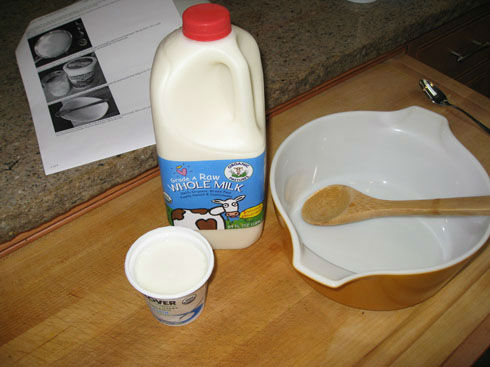
Whole raw milk, starter culture (store bought yogurt), non-metal equipment and an insulated cooler (like Coleman)
You may recall that we tried this once before on a smaller scale, but here’s how to do it for real:
How to make it
In an enameled pot, we brought 1/2 a gallon of milk to a boil,
stirring constantly so it didn’t scald. Next we took it off the heat
and cooled to 110 degrees (use a thermometer to gauge – too hot and it
will kill the bacteria in the culture you’re about to add).
Mix 3 tablespoons of yogurt with some cool milk (about a 1/2 cup) separately.
Once the heated milk is cool, add the yogurt culture to the milk and
stir to combine. Then pour into glass jars for “incubation”.
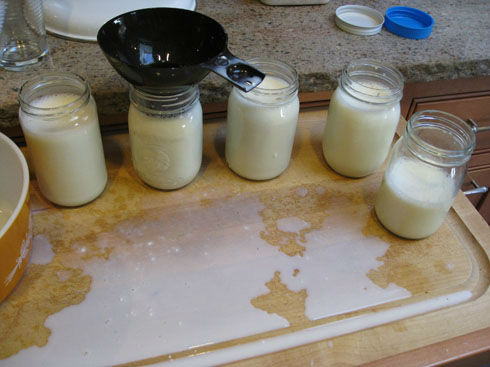
Despite the aid of a wide-mouth funnel, our glass bowl was determined to thwart spill-free pouring
Incubation
Now here is where that cooler comes in. Fill the cooler with hot
water, also 110 degrees. We used hot tap water and kept a kettle of
boiling water on hand to heat up the water in case it wasn’t hot
enough. Fill the water level up ahead of time with the jars in place so
that you know how high to fill it. (Get out your water displacement
calculators). Place the freshly poured yogurt culture into the cooler.
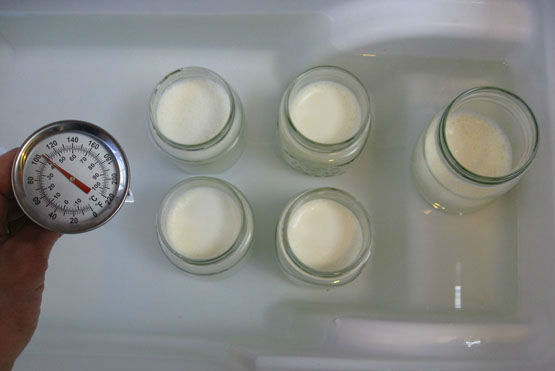
The water bath is full up to the collar of the jars, but allows enough room
for displacement. We added some boiling water to bring it up to 100
degrees.
Don’t peek
Now close the lid on the cooler and don’t open it for 10
hours. The instructions we used specifically said “don’t peek.” No
heat = no bacterial action. So we waited the allotted time and opened
the cooler to find this:
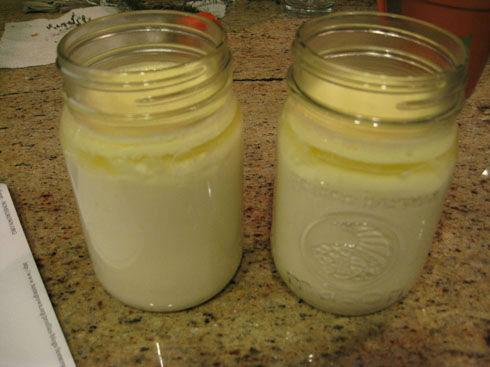
Some of the whey settled on the top, but it’s real yogurt folks!
The finished product is thinner than store bought yogurt but we went the extra step to drain the excess whey for about an hour. Place a layer of cheesecloth in a colander and pour the yogurt in. Tie up the corners of the cheesecloth and hand over a bowl.
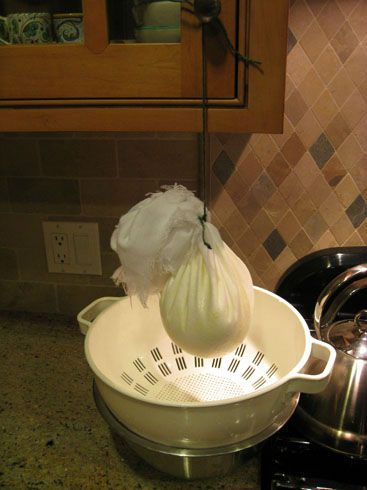
After an hour most of the whey had drained out. We stopped at this point.
The finished-finished product is delicious creamy yogurt made from truly happy cows. We noticed that after eating the homemade yogurt, we weren’t hungry for several hours. After eating store bought yogurt, we’re hungry again in about an hour.
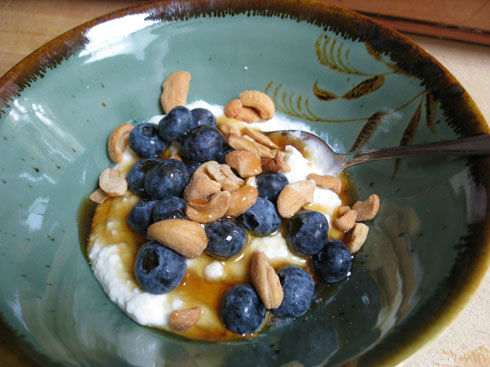
Homemade yogurt with organic blueberries, cashews and maple syrup.
We put half of the yogurt in the freezer for later use (yes, you can do that). So we’ll be enjoying the fruits of our labor for awhile.
Got questions about the dairy industry? I’ll go into detail if you want…

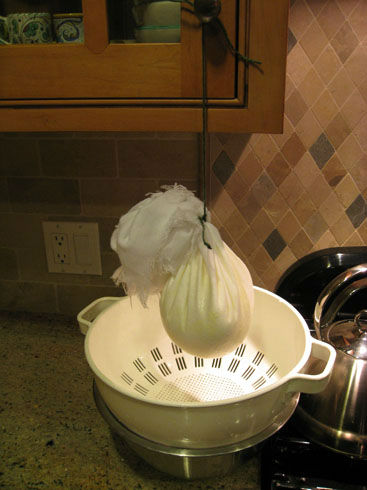
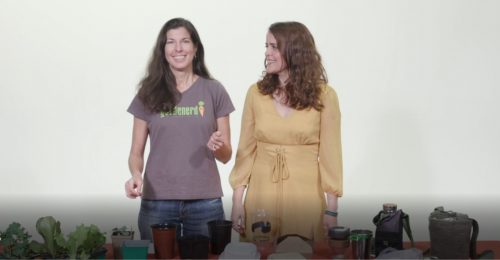
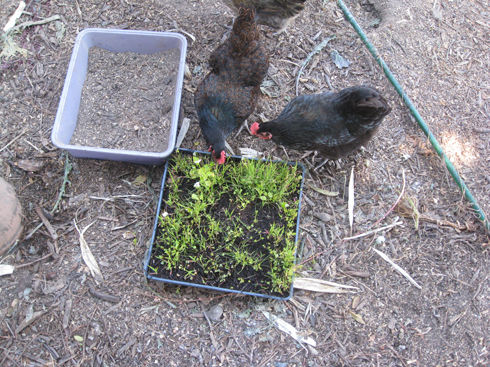
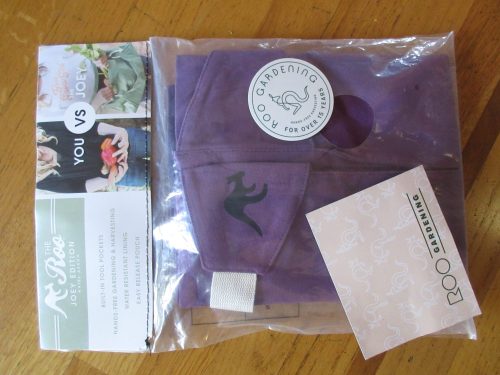
Also, to sterilize them, just run them through the dishwasher, or you can boil the jars in water for a few minutes.
I put a request out on Freecycle and someone offered their jars. Or you can buy canning equipment at some hardware stores like B & B in Culver City/Mar Vista, and even some grocery stores carry glass jars. Also order online from Peaceful Valley Farm and Garden Supply or Amazon.
I absolutely want to try this! I don’t have glass jars on hand. Where did you buy them? Did you sterilize and how?
Thank you!
Fleur